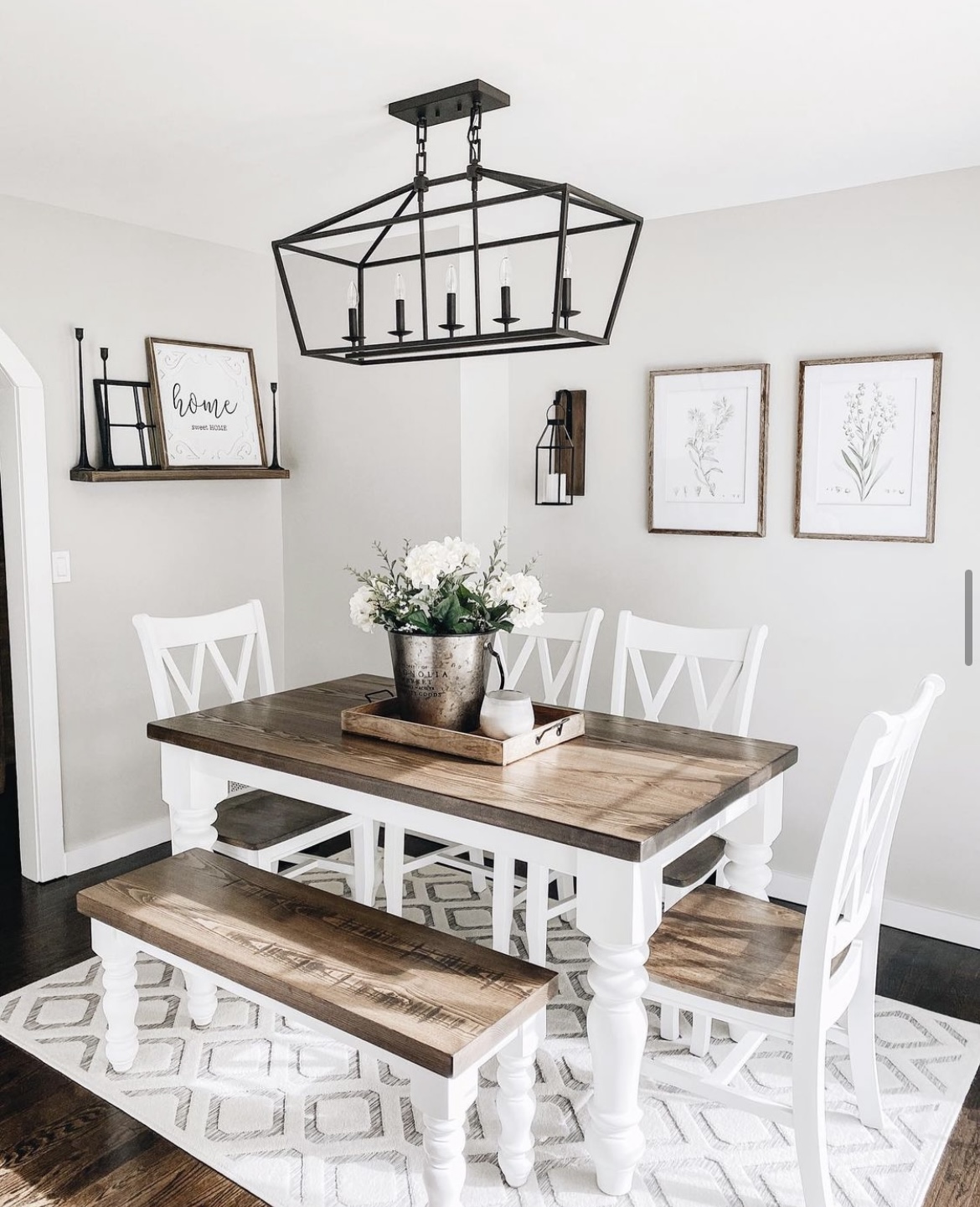From Typical to Modern: Discover the Suitable Eating Room Table Legs for Your Style
While traditional layouts such as cabriole and turned legs evoke a feeling of classic elegance, modern designs like barrette and geometric options provide a possibility for striking visual interest. As you think about these components, the concern remains: exactly how can you perfectly incorporate these diverse leg styles to create an unified eating experience?
Recognizing Table Leg Styles
The variety of dining room table leg styles can considerably influence both the looks and capability of the room. Each leg design adds special aesthetic aspects and functional attributes, dealing with diverse design choices and use demands. Comprehending these styles is important for choosing the right table that straightens with your total indoor style vision.
As an example, conical legs use a clean, classic appearance that can boost a space's beauty, while stand bases give security and maximize legroom, making them ideal for smaller sized areas. Hairpin legs, a characteristic of mid-century modern-day style, introduce a commercial flair, allowing for a ventilated, open feel. Similarly, trestle legs stimulate rustic charm, giving durable support and a feeling of timelessness.
Wood legs can bring heat and texture, whereas metal alternatives frequently communicate a streamlined, contemporary vibe. Inevitably, understanding table leg styles is necessary for developing a cohesive dining location that mirrors personal style while guaranteeing usefulness and convenience.
Conventional Table Leg Options
When choosing dining-room table legs, traditional choices commonly personify timeless beauty and craftsmanship. These styles mirror an abundant heritage and a dedication to top quality, making them perfect for those who appreciate traditional appearances.
Among the most iconic conventional leg styles is the cabriole leg, defined by its stylish rounded shape. This style commonly includes ornamental carvings and is most commonly located in Queen Anne and Chippendale furniture. An additional popular choice is the turned leg, which boasts a series of smooth, rounded shapes that provide a classic appearance while keeping security.
In addition, the straight leg, while straightforward, supplies a tough and basic structure that can blend seamlessly with a variety of tabletop designs. For those attracted to ornate outlining, claw-and-ball feet legs evoke a sense of grandeur and can offer as a magnificent prime focus in any type of dining room.
Last but not least, stand bases, although not strictly legs, provide a different standard choice that enables enough legroom and can be magnificently carved. Each of these traditional leg designs contributes to the total ambiance of a dining-room, marrying feature with aesthetic appeal.

Modern Table Leg Styles
Modern table leg designs use a diverse series of styles that stress clean lines and cutting-edge materials. These designs commonly prioritize capability while serving as striking centerpieces within an eating area. Minimal aesthetic appeals are widespread, with legs crafted from materials such as steel, glass, and engineered wood, which add to a modern and airy feeling.
One preferred layout is the barrette leg, identified by its slim, tapered structure that provides stability without overwhelming the tabletop (dining room table legs). This style is typically found in mid-century modern furnishings and can easily complement different table shapes. One more pattern is making use of geometric shapes, where legs may handle angular or unbalanced types, including aesthetic passion and a touch of artistry

Mixing Designs for Distinct Spaces
Frequently, homeowners seek to develop one-of-a-kind dining spaces that reflect their individual design by blending various layout components. This technique permits the incorporation of varied appearances, causing a harmonious yet distinctive setting. Coupling a rustic wooden table with sleek, modern-day metal legs can develop a distinctive contrast that elevates the space's overall charm.
Additionally, incorporating vintage table legs with contemporary table tops can evoke a feeling of history while keeping a contemporary perceptiveness. Such combinations not just showcase specific taste yet also motivate creativity, permitting homeowners to curate a room that feels both personal and welcoming.
Color plays a vital role in this blending procedure; selecting table legs that enhance or comparison with the existing shade plan can improve visual passion. As an example, whitewashed legs can soften the boldness of a dark table surface area, creating a balanced visual.
Tips for Choosing the Right Legs
Choosing the right table legs is crucial for achieving both performance and visual appeal in your dining area. Begin by taking into consideration the overall style of your space. Standard setups take advantage of legs that feature complex makings or transformed layouts, while contemporary areas might ask for sleek, minimalist styles.
Next, examine the elevation and security of the legs. dining room table legs. Standard dining tables range between 28 to 30 inches in height, so make sure the legs match this measurement for convenience. In addition, durable materials, such as wood or metal, can enhance security and long life
Review the leg form too-- options include straight, tapered, or pedestal designs. Straight legs offer a classic look, while tapered legs can include a touch of elegance. Pedestal bases provide ample legroom and are click site perfect for smaller spaces.
Conclusion
In recap, choosing the perfect eating space table legs requires mindful consideration of both contemporary and traditional designs. By balancing leg design, height, and product with the general décor, a natural and inviting ambience can be accomplished.
The variety of eating room table leg designs can considerably affect both the appearances and performance of the room. Eventually, recognizing table leg styles is essential for producing a natural eating location that reflects personal design while guaranteeing practicality and comfort.One of the most legendary standard leg go to this site designs is the cabriole leg, defined by its elegant curved shape. Straight legs supply a classic appearance, while conical legs can add a touch of sophistication.In recap, selecting the suitable dining room table legs needs mindful consideration of both modern and standard designs.
 Taran Noah Smith Then & Now!
Taran Noah Smith Then & Now! Hallie Eisenberg Then & Now!
Hallie Eisenberg Then & Now! Judd Nelson Then & Now!
Judd Nelson Then & Now! Brooke Shields Then & Now!
Brooke Shields Then & Now! Jane Carrey Then & Now!
Jane Carrey Then & Now!